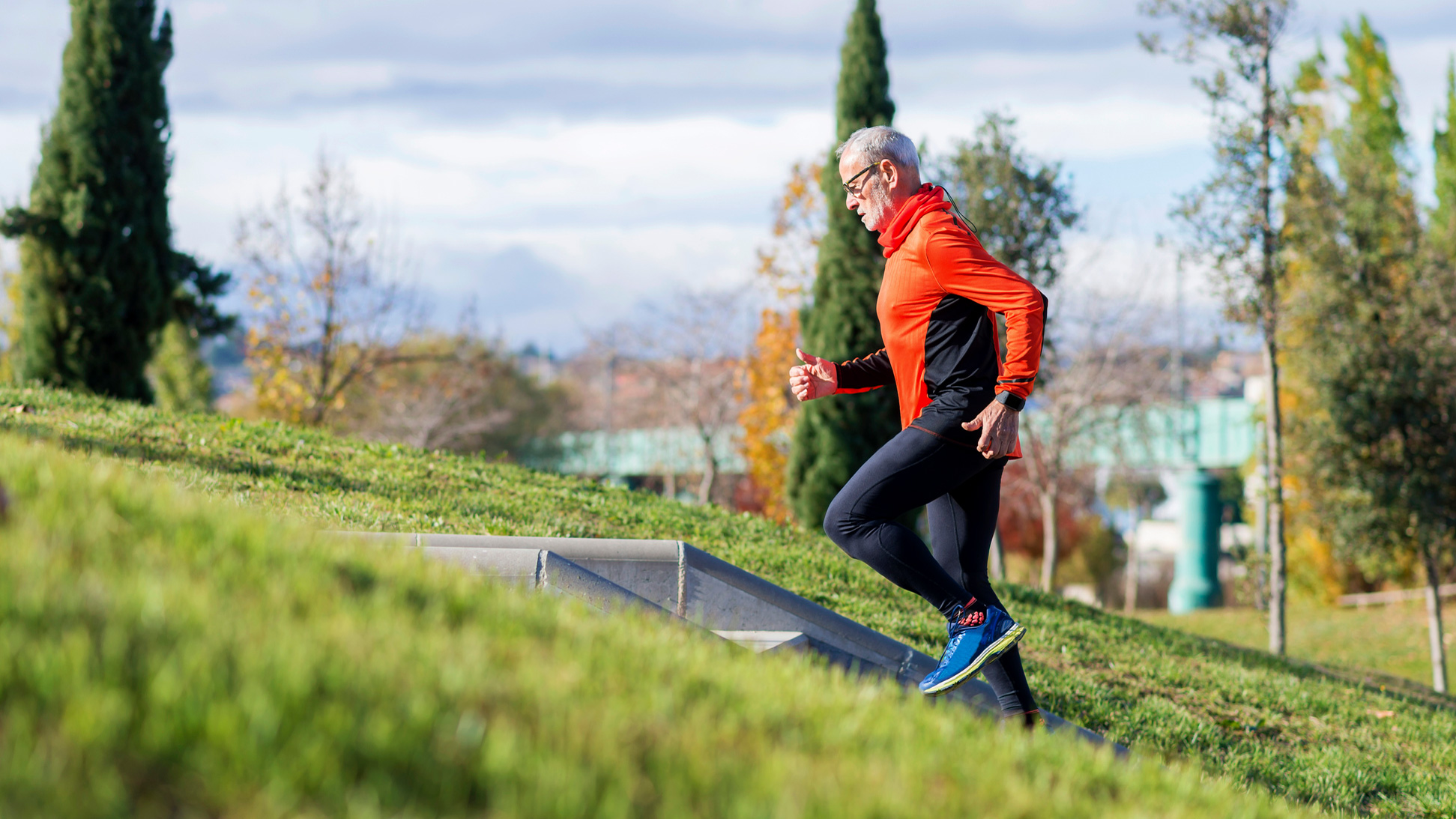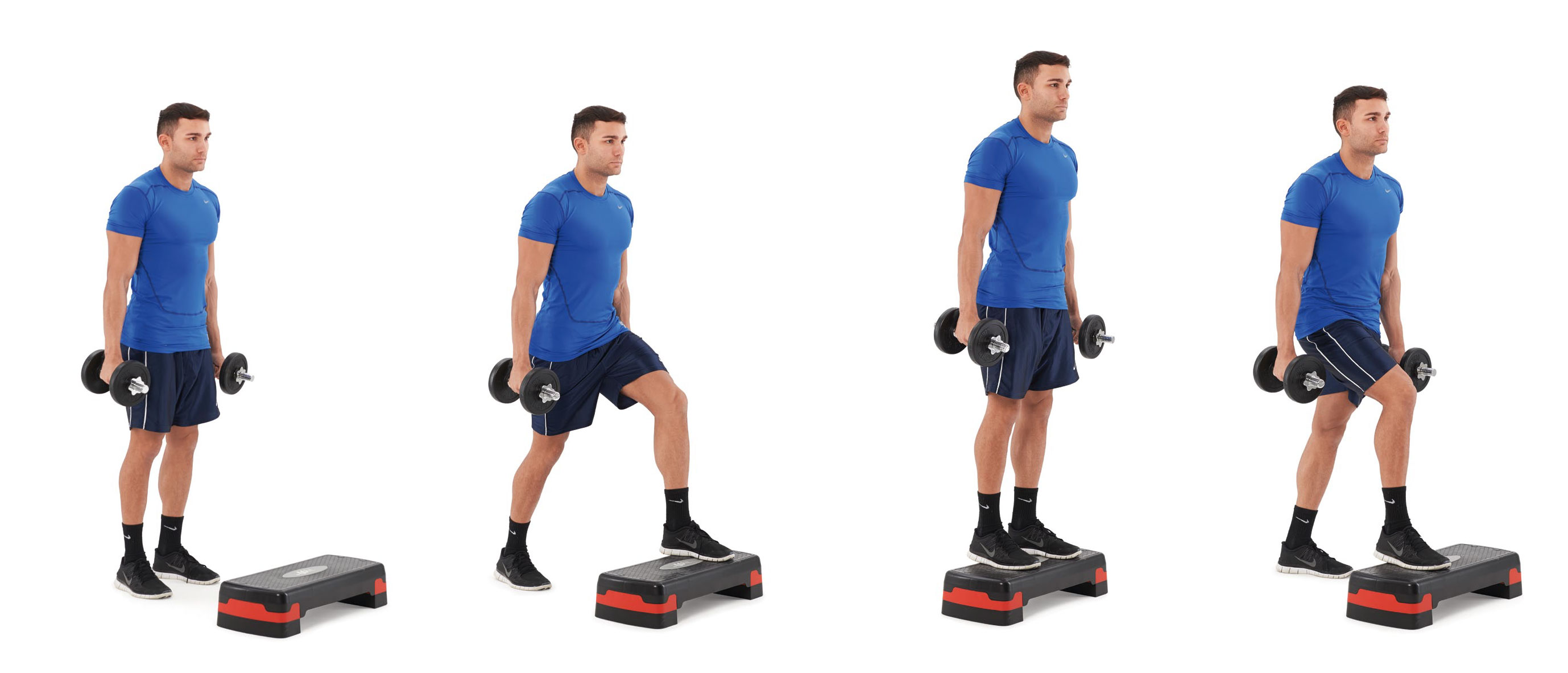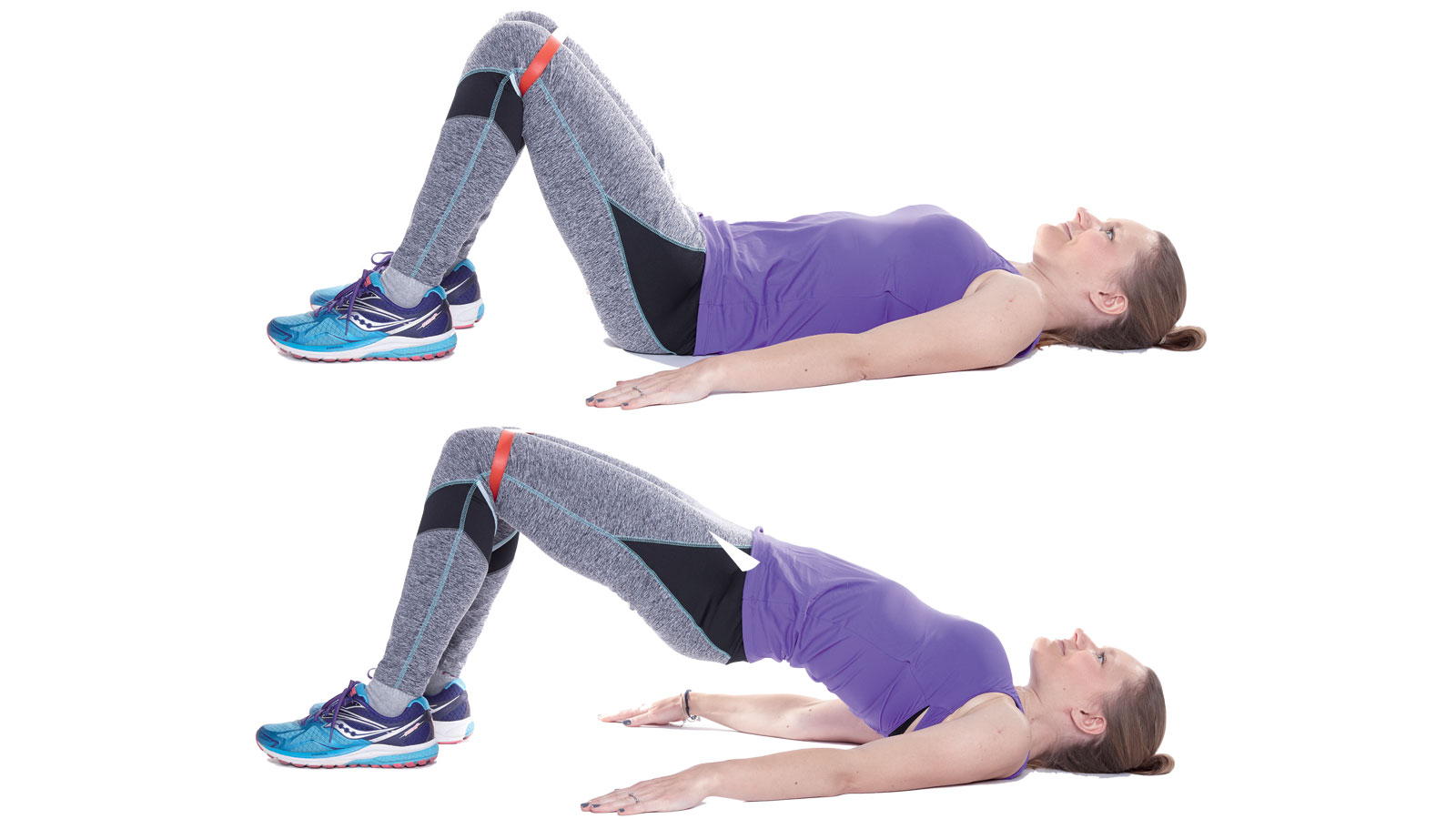Over 60s can take the stairs (and do these two moves) to build lower-body muscle
Taking the stairs more in later life means you'll be more active and muscular. No stairs? These two moves can help


How many times do you take the stairs every day? If the answer is "not very many", you might want to think twice about taking the elevator: stair-climbing is an easy way to incorporate exercise into your day and can promote better circulation, heart health and muscle-building, according to research.
Sure, you could be racking up miles on one of the best treadmill, but this study isn't about structured exercise, just the way you use the stairs every day. Research from Japanese universities in partnership with the University of Arizona found that the more stairs older adults climbed, the more active and healthier they tended to be.
During a six-month period of monitoring 49 adults' physical activity, with an average sample age of 74, the researchers found "healthy older adults attending the community-based physical activity program had regular stair-climbing steps during daily living. Promoting stair climbing as an exercise routine was feasible to increase their walking and stair-climbing steps."
It sounds obvious, and somewhat silly, but we often don't think of our day-to-day tasks in terms of the amount of exercise we get as a result. Making a conscious effort to take the stairs really can help in developing lower-body muscle in your legs, glutes and core, which is vital as you age.
For one thing, healthier muscle promotes better circulation, benefiting your heart. For another, it means increased mobility (the participants found their stair-climbing fitness increased along with leg muscle strength) and less chance of suffering a fall.

Of course, if you don't have lots of stairs at home for any reason, you might worry you're missing out on the benefits of regular stair climbing. Fortunately, the step-up exercise can help, especially weighted with the addition of a pair of the best adjustable dumbbells.
This simple exercise, which involves holding the dumbbells by your sides, stepping onto a small step or box, and lowering yourself back down, is relatively low-impact and can be done while watching the TV at home. You can do it with dumbbells of any size, or even no dumbbells at all, to begin developing your legs, glutes and core. Our how to do lunges with weights page provides more guidance on the dumbbell step-up.
Start your week with achievable workout ideas, health tips and wellbeing advice in your inbox.

The second exercise perfect for developing those lower body muscles, as long as you can comfortably lie on the floor or a mat, is the glute bridge. This can be done without any equipment at all and is very low-impact, making it perfect for active over-60s. It also develops the "rectus abdominus", otherwise known as the muscle which makes up the "six-pack" part of your core, and lower back, according to research in the Brazilian Journal of Physical Therapy.
You can even perform the exercise with a resistance band for added tension, which our full-body resistance band workout guide delves into in further detail.
Matt Evans is an experienced health and fitness journalist and is currently Fitness and Wellbeing Editor at TechRadar, covering all things exercise and nutrition on Fit&Well's tech-focused sister site. Matt originally discovered exercise through martial arts: he holds a black belt in Karate and remains a keen runner, gym-goer, and infrequent yogi. His top fitness tip? Stretch.
